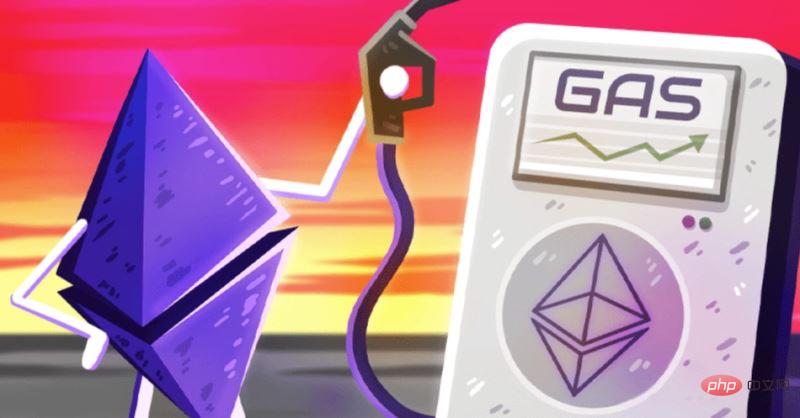Why is the gas fee declining sharply while the price of Ethereum is rising? Where are the handling fees? When Ethereum's ether (ETH) reached a record high of $3,800 in May 2021, increased on-chain activity caused transaction fees to spike and users flocked to the cryptocurrency exchange. The fees for trading coins can be as high as $100, but many people don’t care because they can profit from it. Let’s take a look if you like it!

Fast forward to 2024, and Ethereum is revisiting these high prices for the first time in over two years. But this time things are different. Despite the recent price surge caused by the policy shift in Ethereum spot ETFs, transaction fees on top smart contract networks remain low — only slightly higher than at the height of the 2022 crypto winter.

#This shows that the demand for transactions on Ethereum is no longer as strong as before. So, what is the reason?
Increased transaction efficiency, coupled with the shift of activity to Ethereum’s low-cost second-layer networks such as Base and Arbitrum, has helped curb demand and make Ethereum less expensive to use. While this is a good thing for Ethereum users, there are some negative consequences.
As Ethereum mainnet transaction fees decline, the network is burning (burning in crypto terms) tokens in insufficient quantities to cause the supply of Ethereum to become deflationary. The point is, if fees remain low, it could shake up the network’s economic model.
When the number of tokens burned by the Ethereum network from transaction fees exceeds the number of tokens awarded to validators for processing those transactions, the total supply of Ethereum shrinks and becomes deflationary. This situation is beneficial to the network because it rewards those who help run the network without increasing the supply of ether.
But if users don’t spend enough Ethereum on transactions, the Ethereum supply will expand infinitely, destroying the network’s economic model. Continued inflation, while unlikely, would devalue ether, making it less attractive for users to lock in validators to secure the network. After all, an asset that is constantly printing units is better spent than stored.
So far, the supply of Ethereum has generally decreased since the Ethereum merge upgrade in September 2022 reduced Ethereum issuance. But that's changing. Over the past month, the lack of activity on Ethereum has seen the network add more than 50,000 Ethereum worth $190 million.
If activity and transaction fees on Ethereum do not pick up, the supply of Ethereum will expand by 0.5%, or $2.2 billion, over the next year.

In recent years, many Ethereum users have moved to so-called second-layer networks. Second-layer networks like Arbitrum, Optimism, and Base offer Ethereum compatibility, faster transaction speeds, and lower costs while still relying on the security of the main Ethereum network.
Activity exploded. Since the beginning of 2024, activity and transaction volume on the second-tier network have surged to all-time highs. These second-layer networks still pay transaction fees on the Ethereum mainnet, but only account for a fraction of the fees required by all users to send transactions directly on the Ethereum mainnet.
In addition, Ethereum’s Dencun upgrade in March further reduced the cost of publishing second-layer transaction data, further reducing mainnet requirements.
On the other hand, developers are improving the factors that affect Ethereum transaction costs, with the result that gas fees are lowered and users pay less for the same type of transactions.
Ethereum’s efficiency has improved unprecedentedly, and the second-layer ecosystem is booming. How can the network avoid economic turmoil?
The above is the detailed content of Why is the price of Ethereum rising but the gas fee is falling sharply? Where are the handling fees?. For more information, please follow other related articles on the PHP Chinese website!




